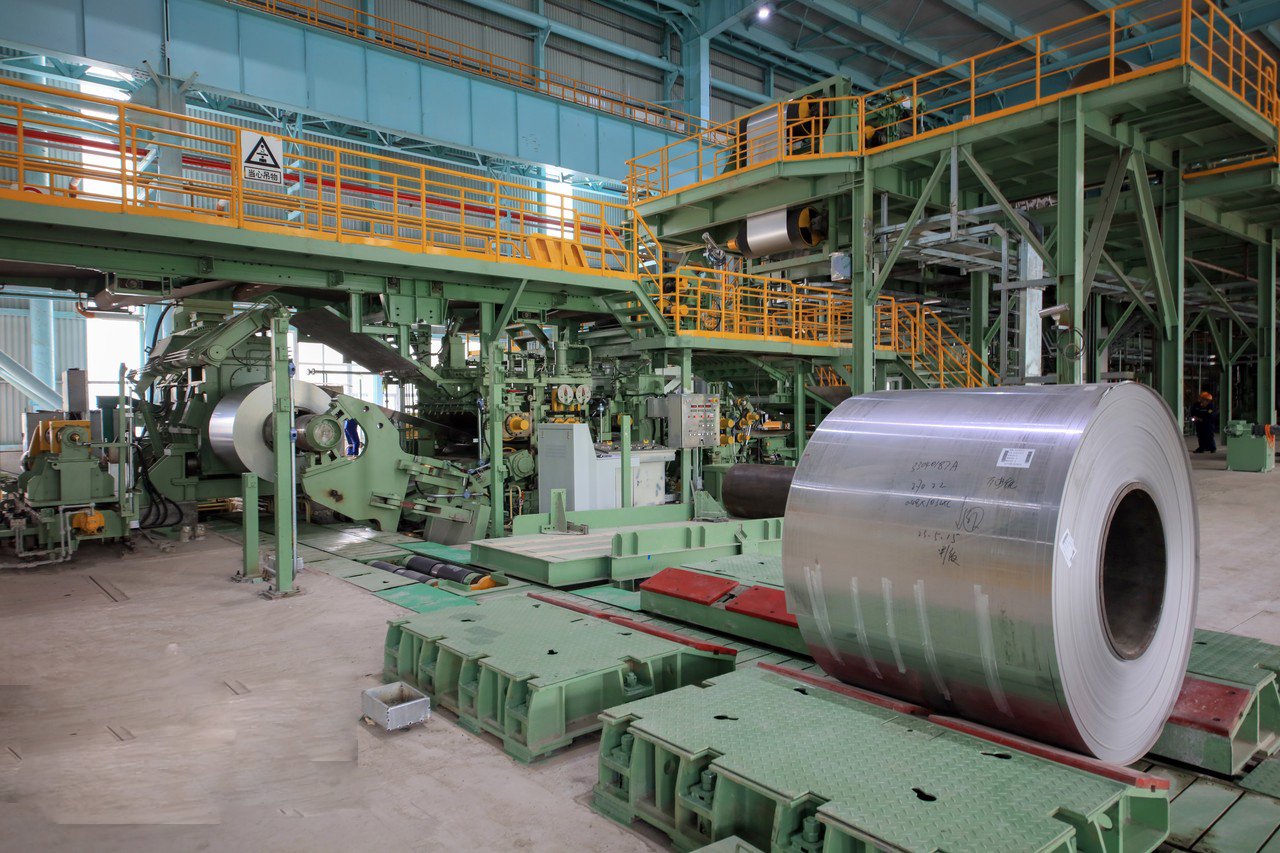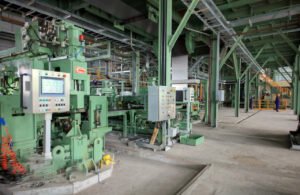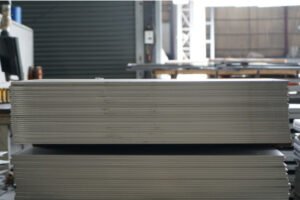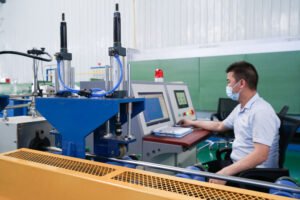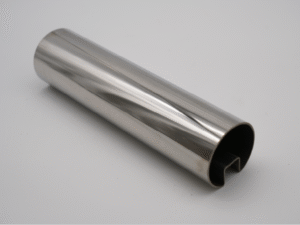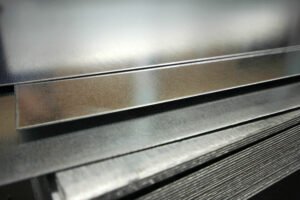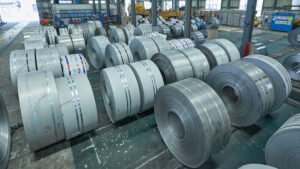Advanced Methods for Derusting Stainless Steel Pipes
Seeing rust on stainless steel pipes is alarming. This corrosion compromises structural integrity and project value. The right derusting methods can restore your assets and protect your investment.
Advanced derusting involves a systematic process: first, assess the rust's severity. Then, select a suitable method—chemical, mechanical, or modern non-destructive techniques like laser cleaning. Finally, apply preventive measures like passivation to stop future corrosion and ensure long-term performance.

As Global Business Director for MFY, I've seen how proper maintenance can make or break a project. The "stainless" in stainless steel refers to its corrosion resistance, not invincibility. When that resistance is breached, rust can form. But don't worry. Dealing with it is straightforward if you follow a clear, logical process. Let's walk through the five essential steps to effectively remove rust and protect your stainless steel pipes for the long haul.
How Do You Assess the Extent of Rust on Stainless Steel Pipes?
You see rust, but you don't know how bad it is. Guessing can lead to the wrong treatment and wasted resources. A systematic assessment ensures an effective, targeted solution.
To assess rust, perform a thorough visual inspection to determine its type (surface, pitting, or crevice) and severity. Categorize it as light, moderate, or severe to guide your choice of cleaning method and ensure you don't over-treat or under-treat the pipe.
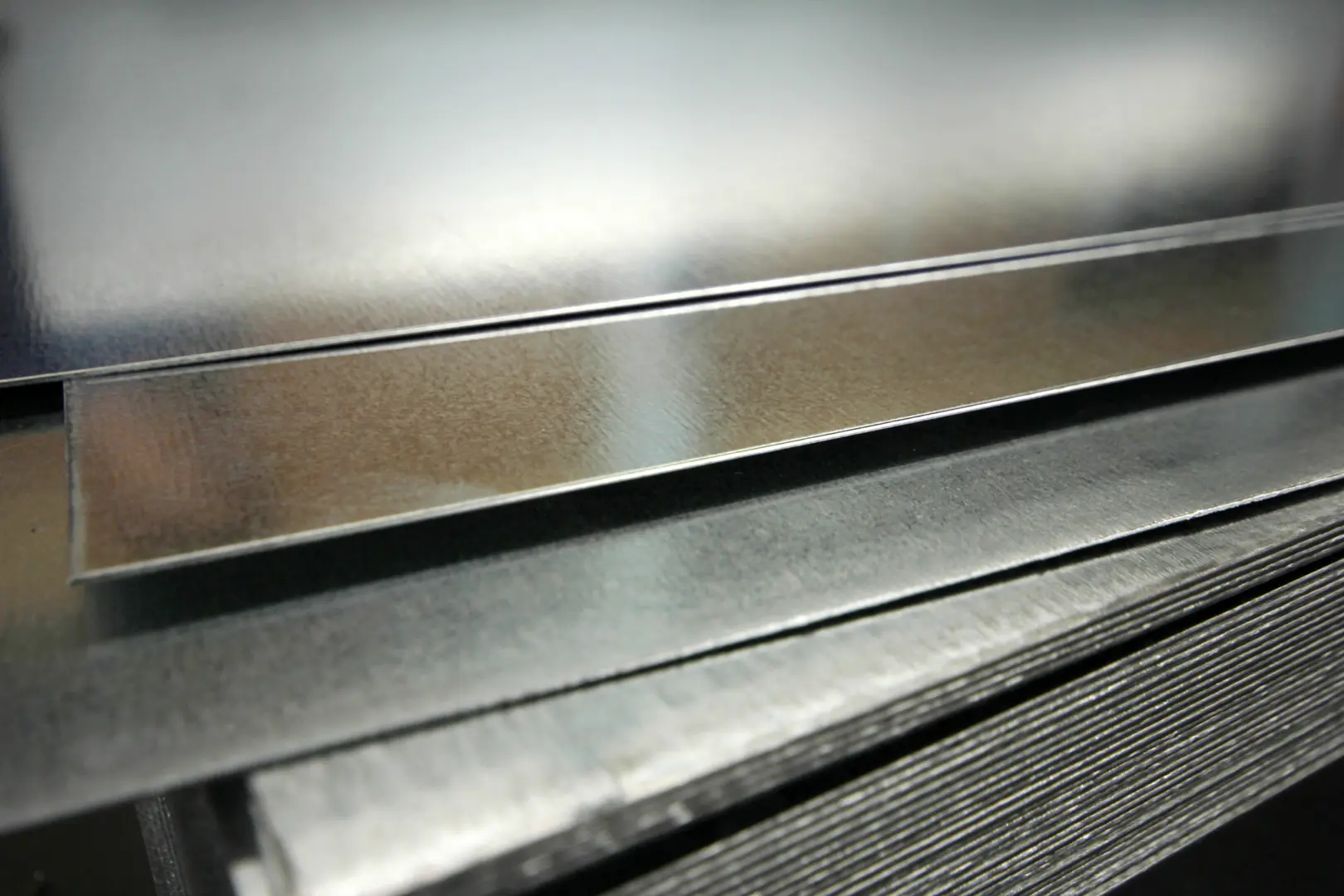
Before you can solve a problem, you must understand its scale. I remember a client in Southeast Asia who assumed all rust was the same and used an aggressive method on light surface staining. They damaged the pipe's finish, which was a costly mistake. The first step is always to stop and look closely. You need to identify what you're dealing with to choose the most efficient and cost-effective solution. This initial diagnosis is the foundation for a successful restoration.
Visual Inspection and Classification
Start by cleaning a small area with a cloth to see the underlying surface. Is the rust just a light brown film, or are there deep, dark pits? This helps you categorize the corrosion. At MFY, we use a simple classification system to guide our partners.
| Rust Severity | Description | Recommended First Action |
|---|---|---|
| Light | A light, uniform brownish or yellowish film on the surface. No significant pitting or texture. | Gentle cleaning |
| Moderate | Noticeable texture, small pits may be visible. The rust layer is thicker and darker. | Chemical treatment |
| Severe | Deep pitting, flaking, or scaling. The pipe's surface is visibly degraded and uneven. | Mechanical cleaning |
Differentiating Rust Types
It's also crucial to identify the type of corrosion. Is it uniform surface rust from general exposure? Or is it localized pitting corrosion[^1], which is more dangerous as it can penetrate the pipe wall? Crevice corrosion is another type, often found under gaskets or clamps where oxygen is low. Each type tells a different story about the environmental conditions and may require a different approach, not just for cleaning but for future prevention. A proper assessment isn't just about cleaning; it's about gathering intelligence to prevent a recurrence.
How Do You Select the Right Derusting Method for Stainless Steel?
So many derusting options exist. Choosing the wrong one can be ineffective, or worse, permanently damage the pipe's surface. Match the method to the rust severity and application needs.
Select a method by balancing four key factors: the rust severity, the required surface finish, operational costs, and environmental impact. For light rust, chemicals suffice. For heavy rust, mechanical methods are needed. For high-value assets, consider advanced non-destructive technologies.

Choosing your derusting method is a strategic decision. It’s not just about removing rust; it’s about preserving the value and extending the life of your asset. The industry is moving away from a "one-size-fits-all" approach. While traditional methods have their place, we're seeing a huge shift towards smarter, more sustainable technologies. This aligns perfectly with the goal of reducing long-term operational costs and improving reliability, which is a core focus for all our clients, from equipment integrators to major construction contractors.
Balancing Cost, Performance, and Impact
The ideal method is a trade-off. Abrasive blasting is fast but can damage the surface. Chemical treatments are effective but come with environmental and safety considerations. This is where advanced technologies are changing the game.
| Method | Surface Impact | Speed | Cost | Environmental Friendliness |
|---|---|---|---|---|
| Chemical | Low-Moderate | Moderate | Low-Moderate | Low |
| Mechanical | High | Fast | Moderate | Moderate (depends on media) |
| Laser Cleaning | Very Low | Moderate-Fast | High | High |
| Electrolytic | Very Low | Slow | High | High |
The Strategic Value of Advanced Technologies
For critical applications where surface integrity is paramount, investing in advanced methods like laser cleaning is a strategic necessity. These non-destructive techniques remove only the rust and contaminants, leaving the stainless steel substrate untouched. This preserves the pipe's precise dimensions and structural integrity. For our clients in high-tech manufacturing or food processing, this is non-negotiable. Investing in a higher-cost, non-destructive method upfront prevents far greater costs from premature failure or product contamination down the line. It's a move that signals a commitment to quality and sustainability—key differentiators in today's competitive market.
How Are Chemical Treatments Applied for Effective Rust Removal?
Chemical derusting seems complex and potentially hazardous. Improper use is not only ineffective but can be dangerous to your team and the material. Following a precise process ensures safety and excellent results.
Apply chemical treatments by first cleaning the surface, then applying a suitable acid (like citric or phosphoric acid) with a brush or spray. Allow it to dwell, then scrub gently. Finally, thoroughly neutralize and rinse the surface to stop the chemical reaction.
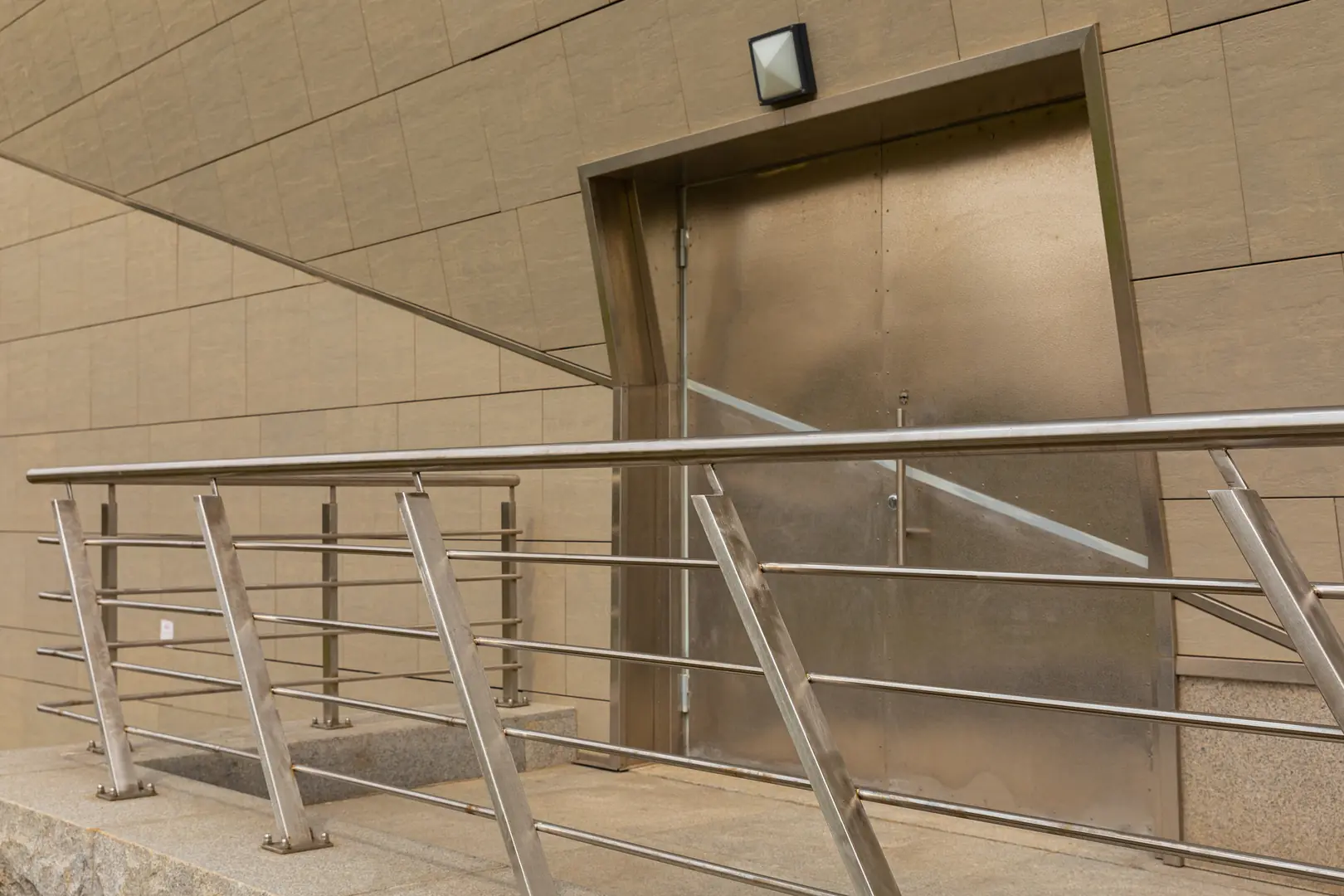
Chemical treatments are a go-to for light to moderate rust because they work without heavy mechanical force. They dissolve the iron oxide (rust) while leaving the stainless steel largely intact. However, I always stress to my teams and clients that this is a chemistry experiment, not just a cleaning job. You must respect the process. The most common mistake is improper rinsing, which leaves residual acid on the surface that can cause "flash rust" or even more aggressive corrosion than you started with.
Choosing the Right Chemical Agent
Not all acids are created equal. For stainless steel, you want to avoid harsh acids like hydrochloric (muriatic) acid, as they can attack the steel itself and cause pitting.
- Phosphoric Acid: This is a great choice because it converts the iron oxide into an inert layer of iron phosphate, which can offer some temporary rust resistance.
- Citric Acid: A milder, more environmentally friendly option, perfect for light surface staining and often used in the food and beverage industry.
- Oxalic Acid: Very effective on rust but requires careful handling and thorough neutralization.
The Step-by-Step Application Process
Safety is paramount here. Always use personal protective equipment (PPE), including gloves, goggles, and ensure you're working in a well-ventilated area.
- Pre-Clean: Remove any loose dirt, oil, or grease from the surface.
- Application: Apply the chemical solution evenly with a non-metallic brush or a sprayer.
- Dwell Time: Let the chemical sit for the recommended time—typically 15-30 minutes. Don't let it dry on the surface.
- Agitation: Use a nylon brush or pad to gently scrub the surface, helping to lift the dissolved rust.
- Rinse and Neutralize: This is the most critical step. Rinse thoroughly with clean water. For stronger acids, use a neutralizing solution (like a baking soda and water mix) before the final rinse to ensure all acidity is gone.
When Should You Implement Mechanical Cleaning Techniques?
Stubborn, heavy rust won't come off with a simple chemical wipe. It requires aggressive action, but this risks damaging the pipe's surface. Mechanical cleaning provides the necessary force when used correctly.
Implement mechanical cleaning for severe rust that has created a thick scale or deep pitting. These methods, including abrasive blasting or grinding, are necessary when chemical treatments are insufficient to remove the heavy, layered corrosion and prepare the surface for refinishing.
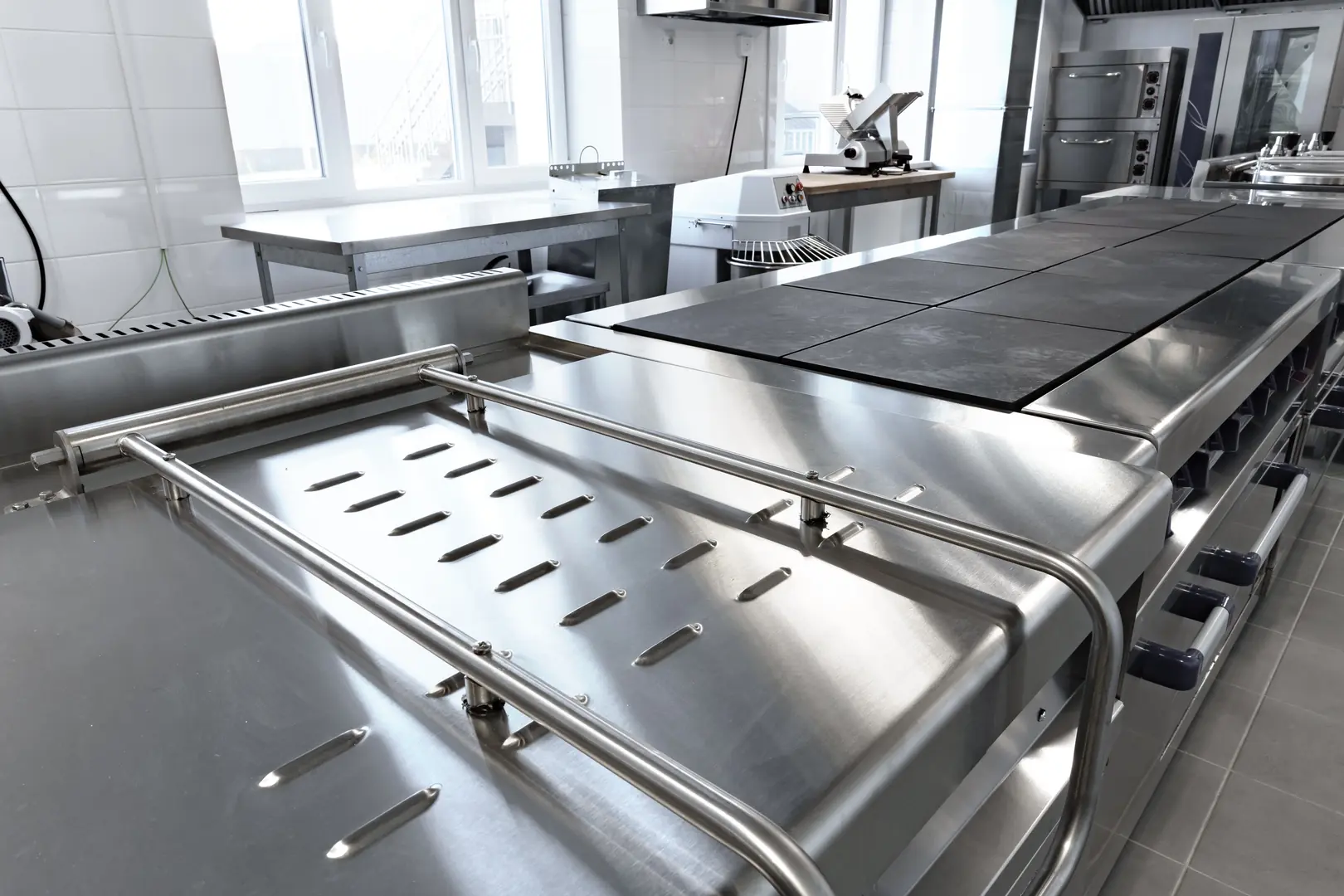
Mechanical cleaning is the heavy artillery of rust removal. It's what you bring in when the rust is so bad that the surface is already compromised. I worked on a large-scale infrastructure project where pipes had been stored improperly outdoors for months. The corrosion was severe. In that case, mechanical cleaning wasn't just an option; it was the only way to salvage the material. However, it's a powerful tool that must be wielded with expertise. The goal is to remove the rust, not a significant amount of the underlying steel.
Abrasive Blasting for Uniform Removal
Abrasive blasting propels a stream of abrasive material against the surface to strip away rust, scale, and other contaminants. The key is choosing the right media to minimize damage to the stainless steel.
- Glass Beads: Excellent for cleaning and creating a smooth, satin finish without removing metal.
- Walnut Shells or Corn Cobs: Gentle, organic options for light cleaning that won't alter the surface profile.
- Steel Grit/Shot: Avoid these. They are for carbon steel and will contaminate the stainless steel surface, leading to more rust.
Grinding and Wire Brushing for Localized Areas
For smaller, localized areas of deep rust, grinding or using a wire wheel can be effective. However, this requires a skilled hand. It's very easy to remove too much material, creating a depression in the pipe or altering its dimensions. A critical rule here is to always use tools made of stainless steel. Using a carbon steel wire brush will embed iron particles into the surface, which will become new sites for rust to form. It’s a classic mistake that we unfortunately see all too often. After any aggressive mechanical cleaning, the surface will need to be re-passivated to restore its protective layer.
What Preventive Measures Protect Stainless Steel from Future Corrosion?
You've spent time and effort removing the rust. But it can easily return, wasting your work and money. Proactive prevention is the key to ensuring long-term protection and value.
Key preventive measures include passivation—a chemical process that rebuilds the steel's protective chromium oxide layer—and applying protective coatings. Additionally, controlling the environment by minimizing exposure to chlorides, salts, and moisture is crucial for preventing future corrosion.
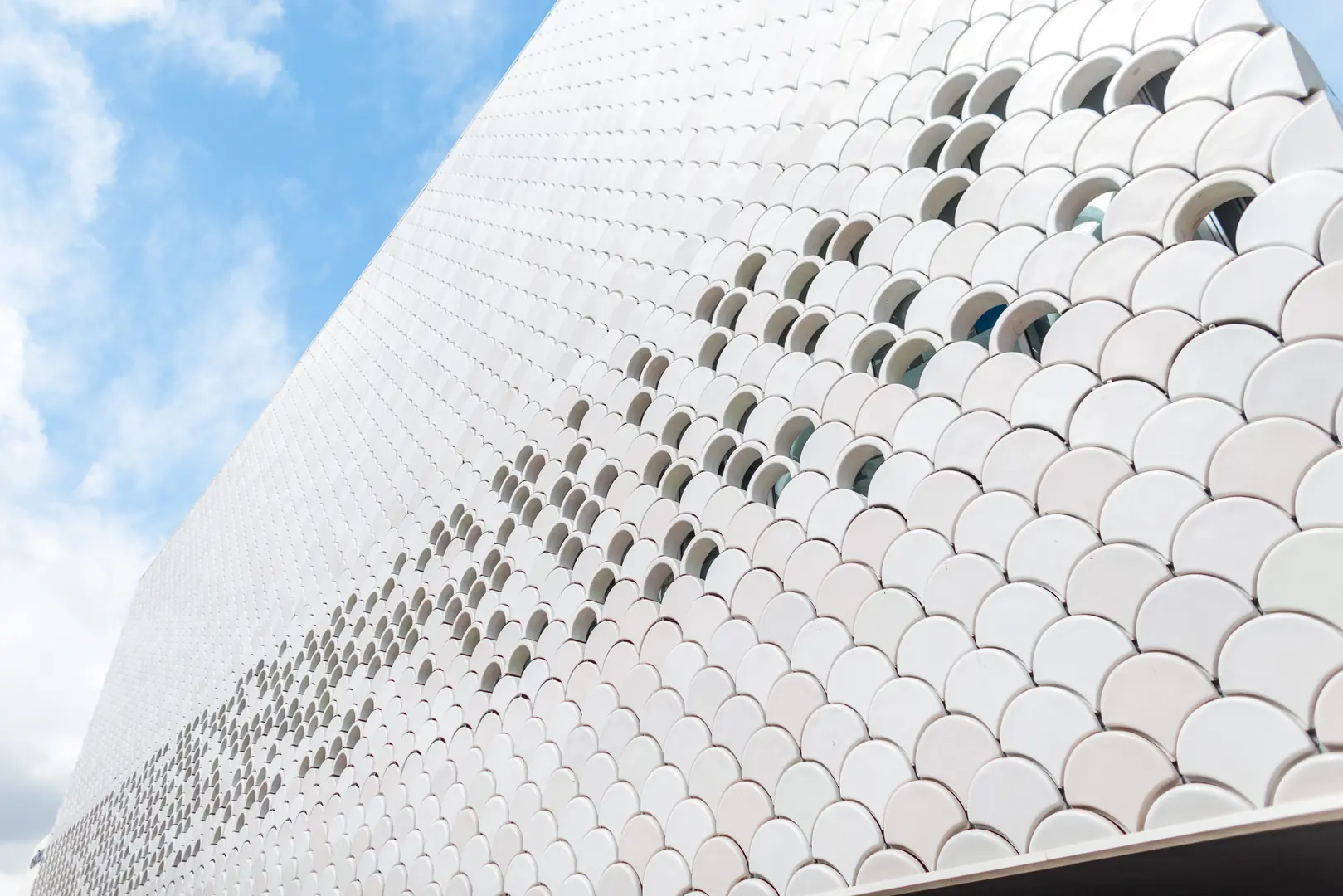
Removing rust is a corrective action. Preventing it is a strategic one. At MFY, our vision isn't just about supplying stainless steel; it's about ensuring it performs for its entire intended lifecycle. This is why we focus so heavily on educating our partners about prevention. A derusting job is only truly finished when you've taken steps to ensure you don't have to do it again anytime soon. This approach saves money, reduces downtime, and protects the integrity of the entire system.
Passivation: Restoring the Shield
This is the most important preventive step after cleaning. The "stainless" quality of stainless steel comes from a thin, invisible, passive layer of chromium oxide on its surface. When you clean or grind the steel, you remove this layer. Passivation is a chemical treatment (typically with nitric or citric acid) that removes any free iron from the surface and helps this protective layer reform quickly and uniformly. It’s like rebuilding the shield that protects the steel from attack. We consider this a mandatory final step for any derusting project.
Environmental Control and Protective Coatings
Prevention starts with understanding the environment. If your stainless steel pipes are in a coastal area with salt spray or a chemical plant with chloride exposure, you need a higher grade of stainless steel (like 316L instead of 304) or additional protection.
- Design for Drainage: Ensure designs don't allow water to pool on surfaces.
- Isolate from Dissimilar Metals: Avoid direct contact between stainless steel and carbon steel to prevent galvanic corrosion[^2].
- Protective Coatings: In extremely harsh environments, clear ceramic or polymer coatings can provide an extra barrier of defense without hiding the steel's appearance.
Ultimately, prevention is about smart material selection and proper handling from day one. It's a philosophy that we integrate into every conversation, ensuring our clients get not just a product, but a lasting solution.
Conclusion
Successfully managing rust on stainless steel pipes is a multi-step process. It requires careful assessment, smart method selection balancing traditional and advanced techniques, and a disciplined focus on prevention. This ensures the longevity, safety, and value of your critical assets for years to come.
Have Questions or Need More Information?
Get in touch with us for personalized assistance and expert advice.
